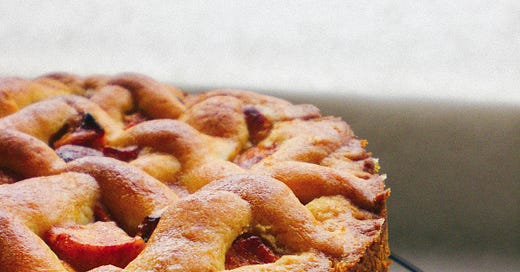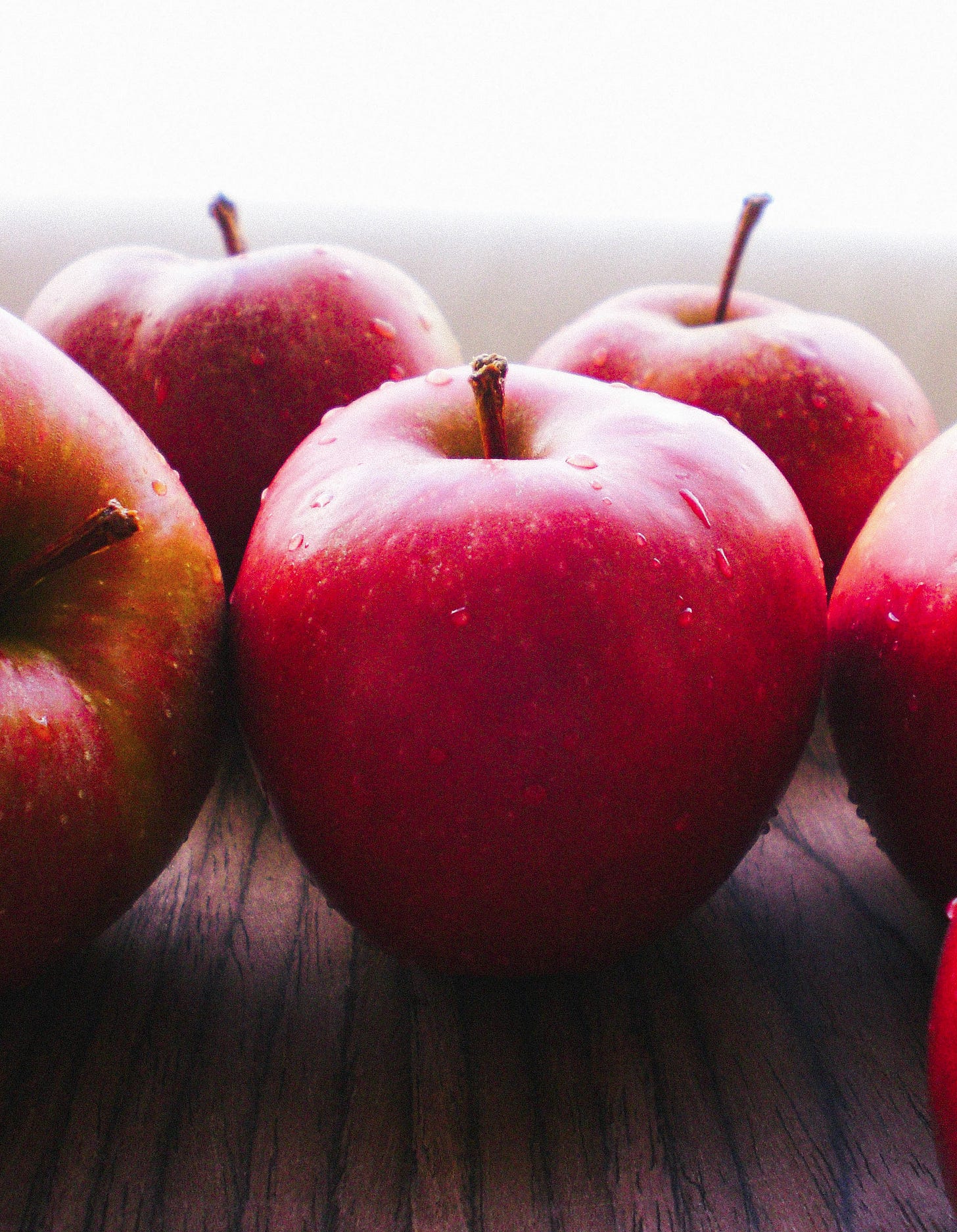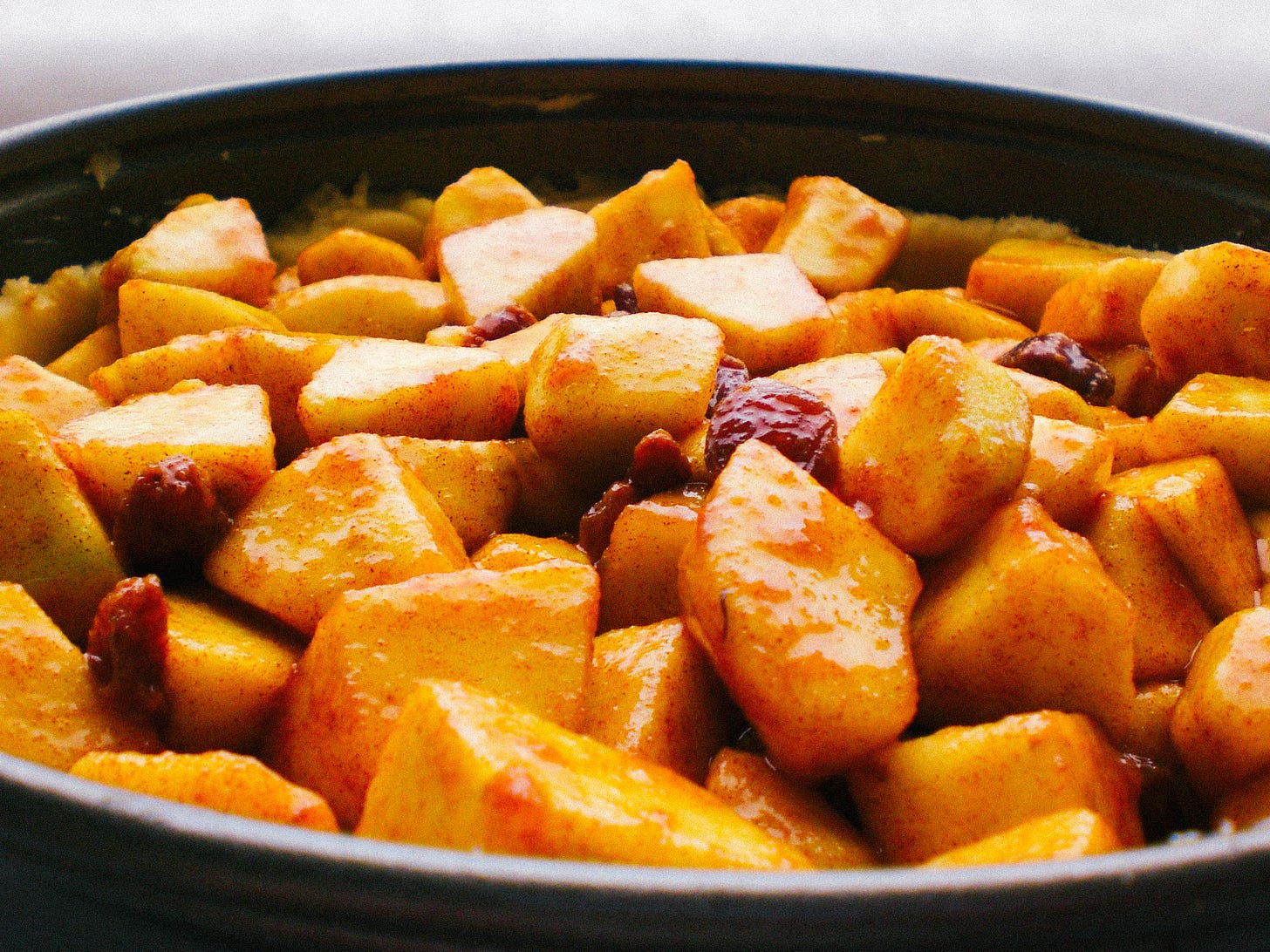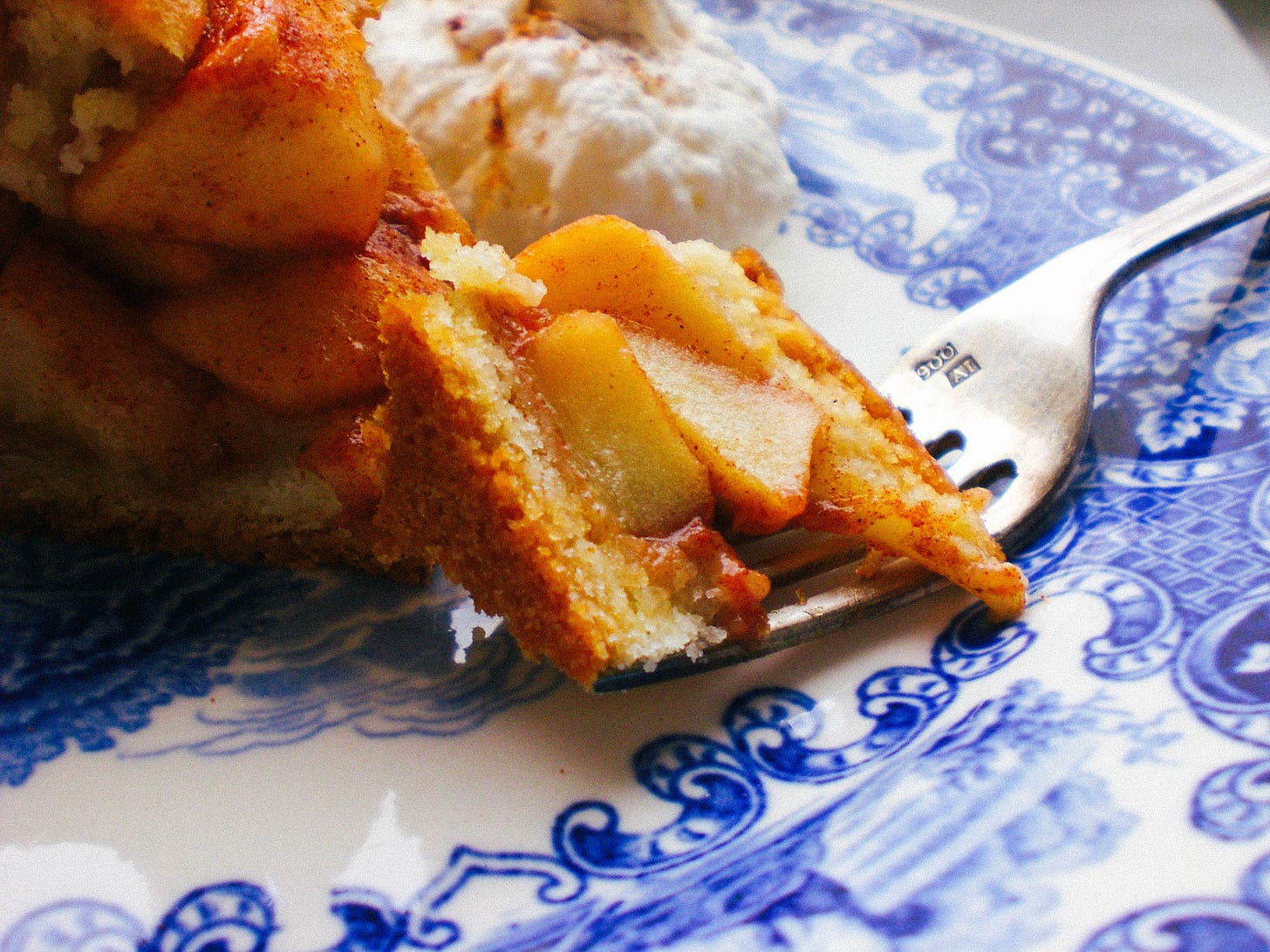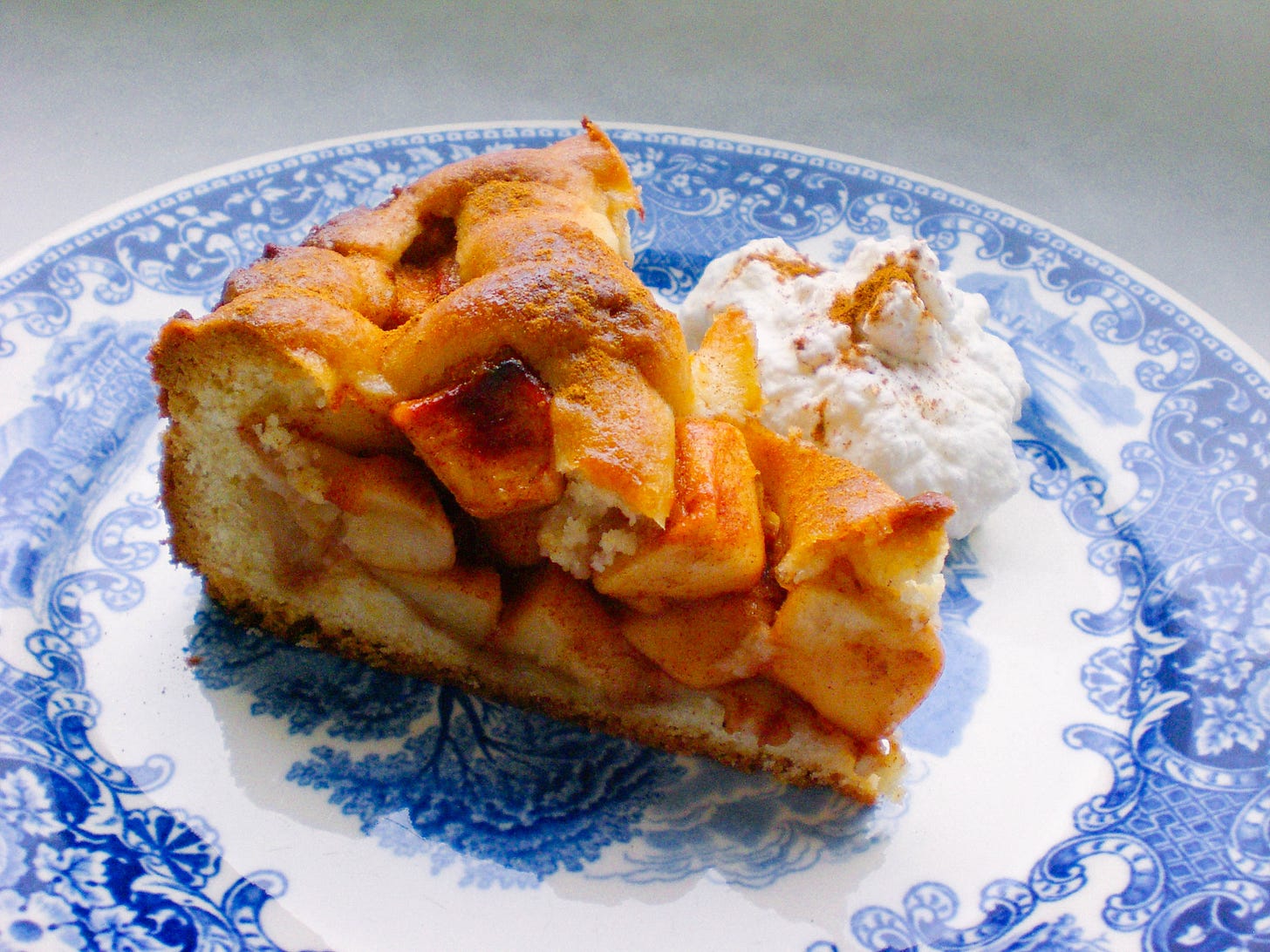Published originally on my blog on 15 November 2011
After four years of living in Holland, after four years of speaking just basic Dutch, the decision was made. S and I started taking Dutch language lessons. Better late than never.
It's not hard to get by in Holland with only English, at least in cities with an international character like Amsterdam, Rotterdam and The Hague, where we live. Most people speak English and unless your work demands it, you don't have to learn Dutch. Besides, it's a difficult language.
But now is the time for us to learn it. Perhaps because we're tired of not understanding what's been said on the news about Greece (especially during these past months), perhaps because we want to be able to socialize more with Dutch people rather than only with other expats from Europe or elsewhere, or maybe because we realized that with everything that's been happening in Greece, we are better off living in Holland.
Thoughts of moving back to Greece no longer cross our minds, at least not until further notice. That is until we are able to find a decent job there without having to kiss someone's ass, until we are not obligated to bribe a doctor to take care of us when we are in need of his services, until the thought of starting a family in Greece doesn't scare us to death, until people start reading history and stop voting the way they have been voting for the past couple of decades, until we can live with dignity and feel that we have a future in our own country, until, anyway, all the things that made us leave our home in the first place four years ago, actually change.
But I digress.
I may have only just started learning the Dutch language properly, but I have already managed to delve into Dutch cuisine. Granted, it's not the most celebrated cuisine in the world nor is it exceptionally imaginative or unique, but it has some very good characteristics, especially in the baking/pastry department.
Case in point, the Dutch apple pie (Hollandse Appeltaart), Holland's magnificent national pastry. It dates as far back as the Middle Ages and it is said that during that time, because ovens with temperature control didn't exist, baking time was measured by the number of prayers a person had to say until the pie was ready.
The Hollandse appeltaart is displayed in the windows of every café, bar and bakery in Holland. It is famous the world over and the Dutch are very proud of their sweet, apple creation. Quite rightly so, I'd say. Even though I'm not a fan of fruit pies and tarts, I must confess that this apple pie is amazing.
It differs from apple pies from other countries in many respects, mainly in that the filling contains raisins, cinnamon and lemon juice and that the crust is not your basic tart crust, but one reminiscent of the Greek Pasta Flora, which is something between pâte brisée and cake.
You line the bottom and the sides of a spring-form pan with the dough, which is a cinch to make, and then you fill it with small pieces of apple that have been mixed with raisins, sugar, cinnamon and lemon juice. Thin, round strips of dough are latticed on top, decorating the pie, but leaving the apples still visible underneath. The pie goes in the oven and when it comes out, it is brushed with an apricot glaze, which gives it a beautiful shine.
It is eaten preferably warm, straight out of the oven, and is always served with whipped cream or vanilla ice cream. The Dutch apple pie is not very sweet, since it doesn't contain much sugar and the apples used in the filling are of a tart variety, and it has a very unique flavor.
As expected, the apple flavor is prominent yet it is accompanied by small taste explosions of juicy, sweet raisins. The cinnamon complements the fruit perfectly and the crust is crumbly and at the same time soft and light. If you want to get a real taste of Holland, then all you have to do is make this Dutch apple pie.
Dutch apple pie - Hollandse appeltaart
Traditionally, this apple pie is made with a Dutch variety of apples called Goudrenet, which is a bit of tart apple. If you can't find those, use Granny Smith apples or any other kind of tart apple. Be careful though, you don't want to use apples that are too tart, otherwise you'll end up with a sour-tasting apple pie.


